Physics:Astrophysics
Follow RSS feed for this topic: /topic/physics.astrophysics.rss
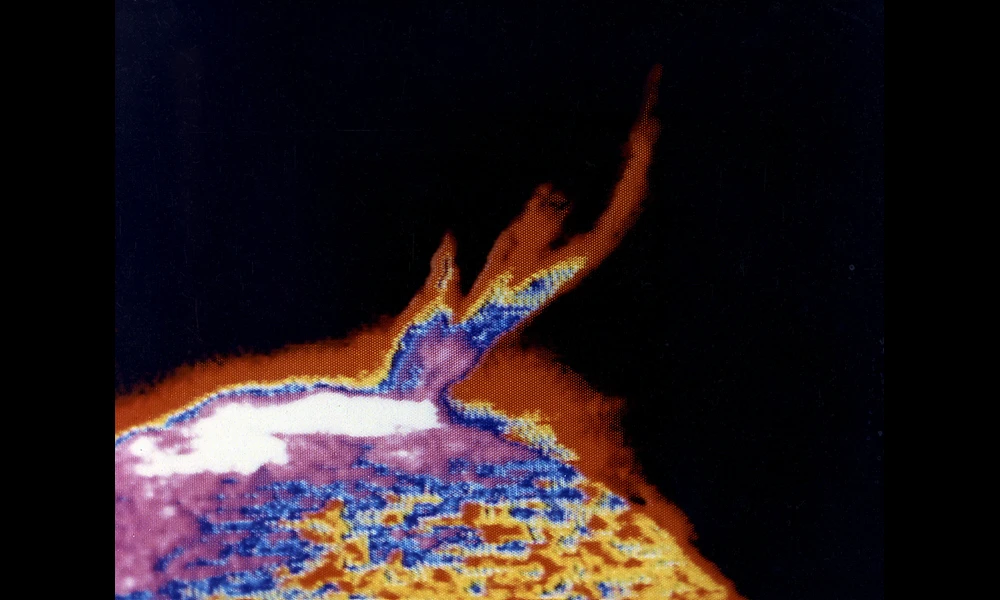
ALMA Telescope’s New Insights Into the Sun’s Magnetic Fields
Thu Mar 21 2024
ALMA Telescope's Breakthrough Solar Observations Reveal Chromosphere's Magnetic Field Secrets
Researchers leverage ALMA's innovative polarimetric capabilities to observe the Sun in a new light, unlocking crucial insights into the chromosphere's ma...
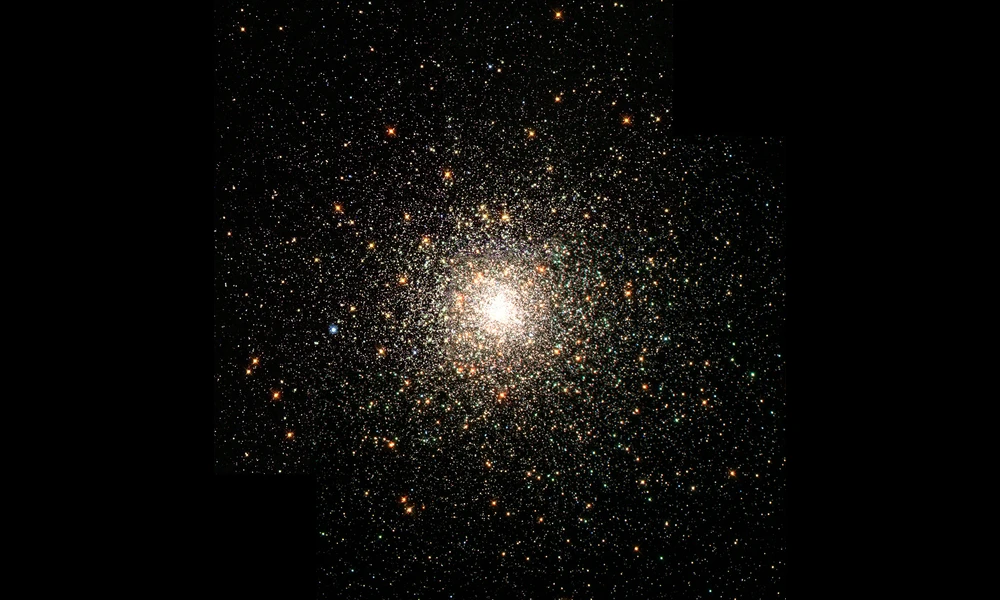
Could Lack of Helium Explain Metal-Poor Galaxies?
Sat Mar 16 2024
Researchers led by Keita Fukushima from Osaka University have delved into the chemical makeup of early universe galaxies, uncovering the intricate relationship between helium abundance and metallicity to shed light on the formation and evolution of t...
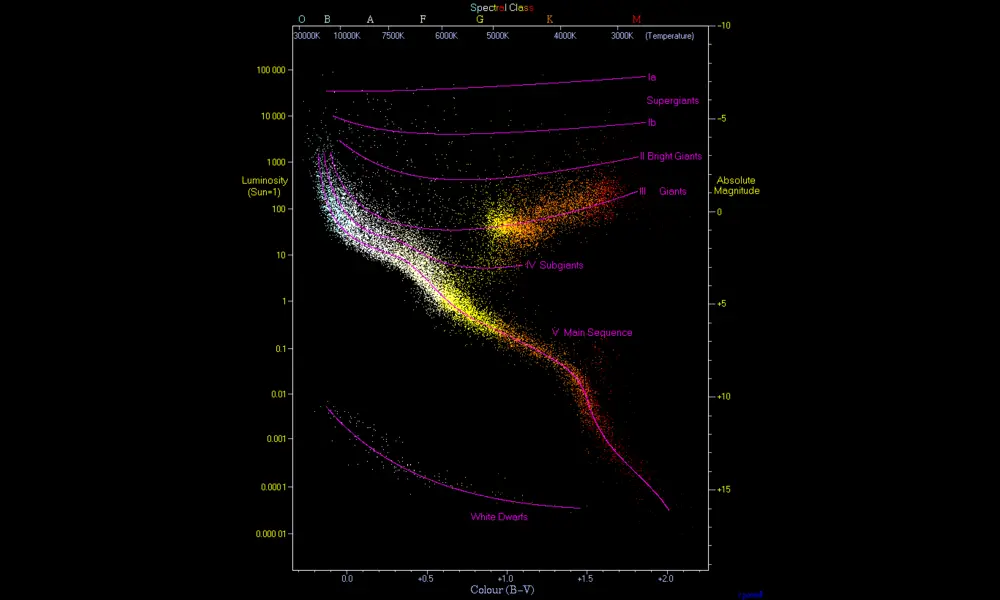
Advancements in Asteroseismology Explain Red Clump Stars' Pulsations
Tue Mar 12 2024
Groundbreaking research led by Anthony Noll, Sarbani Basu, and Saskia Hekker explores how core processes impact the pulsations of Red Clump stars, unveiling new insights into the internal dynamics of these crucial cosmic bodies using advanced asteros...
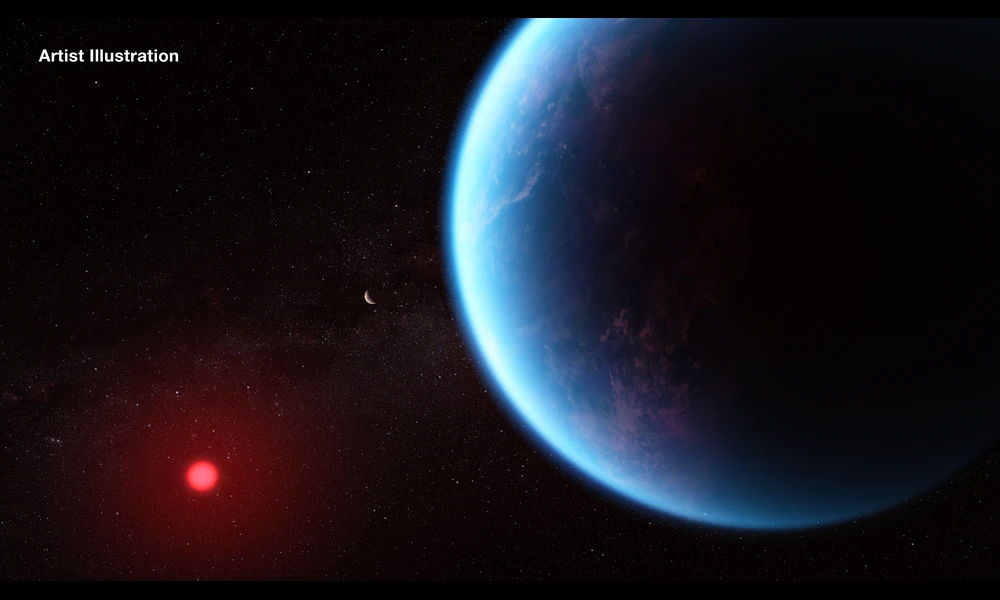
Neptune-Like Exoplanets' Deep Atmospheres Warmer Than Previously Thought
Sun Feb 11 2024
New study reveals that Neptune-like exoplanets have hotter deep atmospheres than previously thought, due to the inhibition of moist convection, shedding new light on the dynamics and composition of these distant worlds.
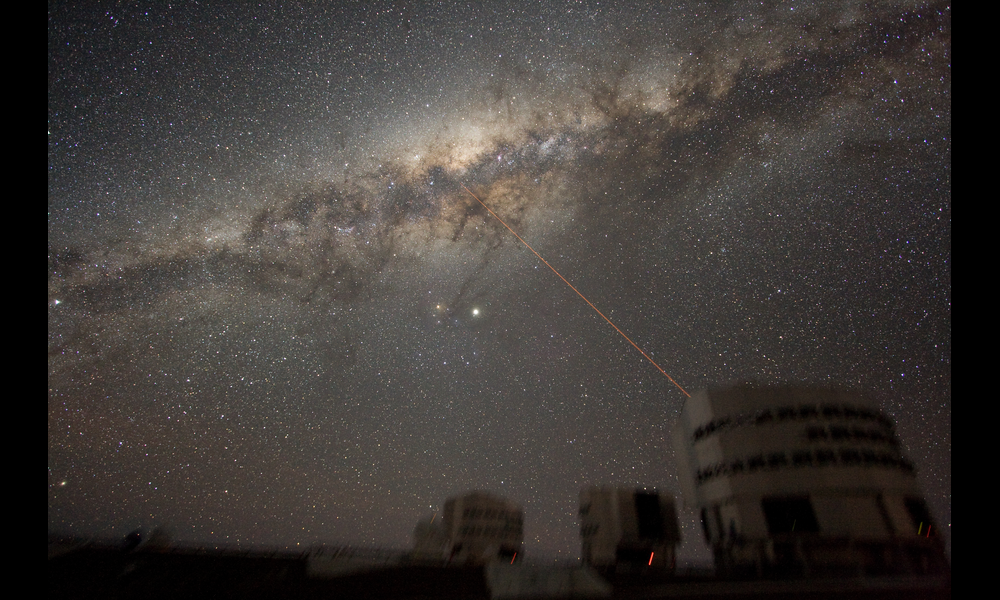
NE2001p: Milky Way Galactic Electron Density Model Rewritten In Python
Mon Feb 05 2024
NE2001p: A Python-based Model Revolutionizes Mapping of the Milky Way's Ionized Interstellar Medium, paving the way for enhanced accuracy and accessibility in predicting distances to cosmic radio sources.
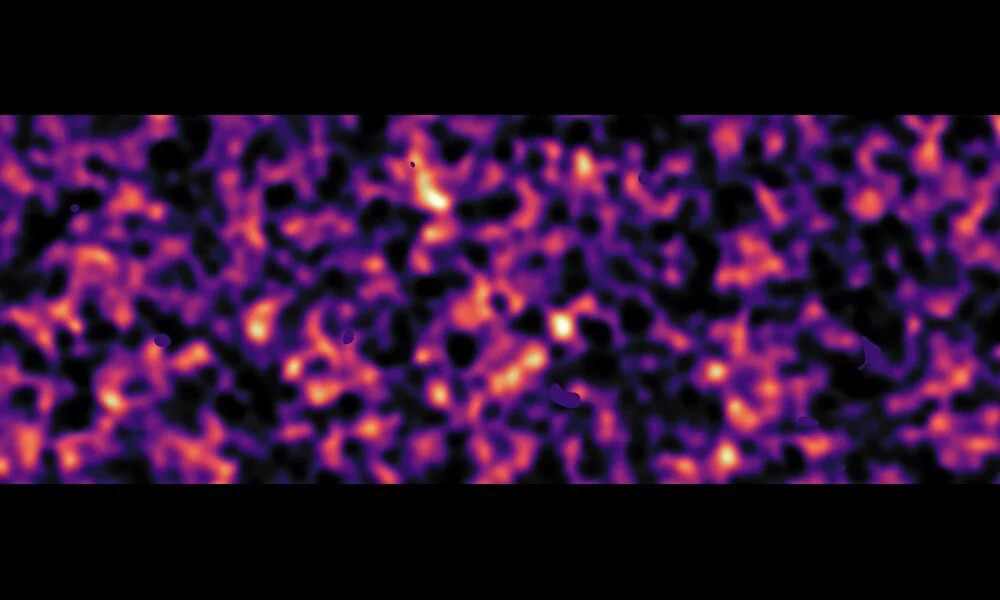
Potential X-Ray Signals Could Illuminate Dark Matter's Secrets in the Milky Way
Fri Jan 26 2024
New research from Durham University's M. R. Lovell explores the potential of using X-ray signals to detect dark matter decay in the Milky Way's halo, providing insights into the mysterious nature of this elusive substance that makes up 85% of the uni...
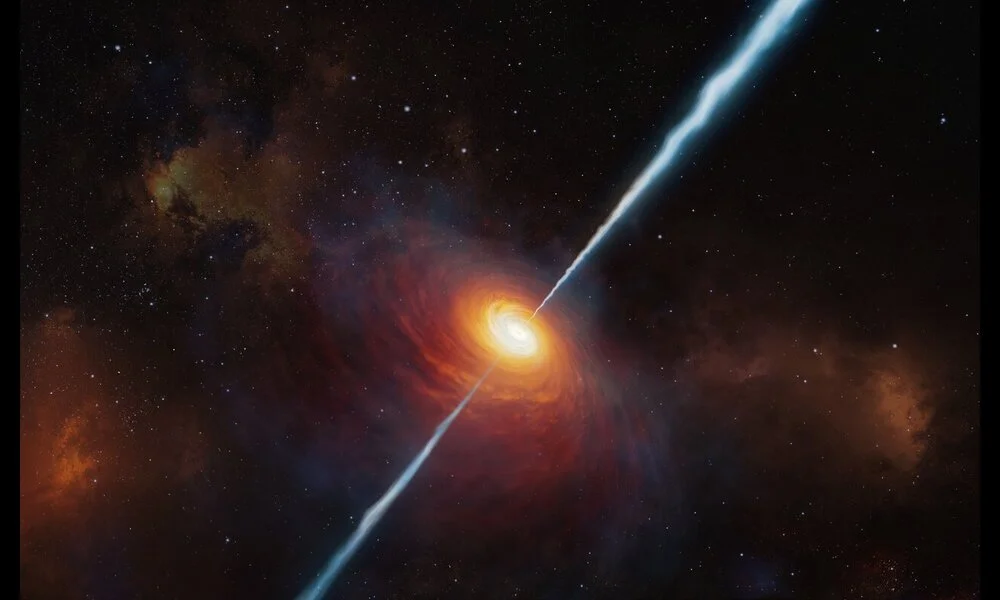
Blazar TXS 0506+056 Linked to High-Energy Neutrino Emissions
Mon Jan 22 2024
Researchers have developed a innovative stochastic dissipation model that links the high-energy neutrinos observed to the distant blazar TXS 0506+056, shedding light on the complex interactions of cosmic rays, magnetic fields, and high-energy neutrin...
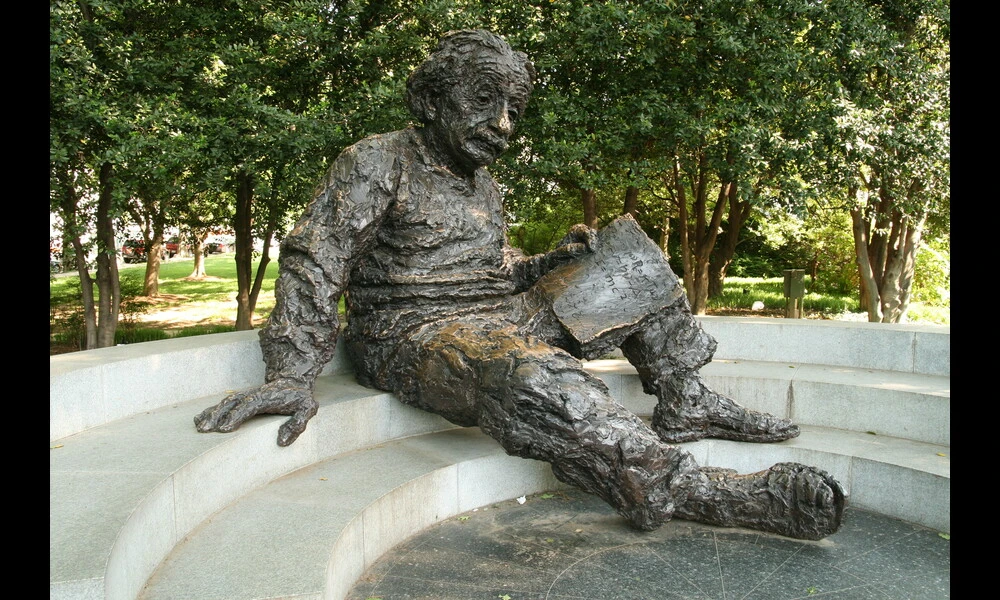
Study Suggest New Geometric Gravity Theory Could Challenge General Relativity
Fri Jan 19 2024
New Geometric Gravity Theory Challenges Einstein's Relativity by Examining Gravitational Waves in Novel Framework
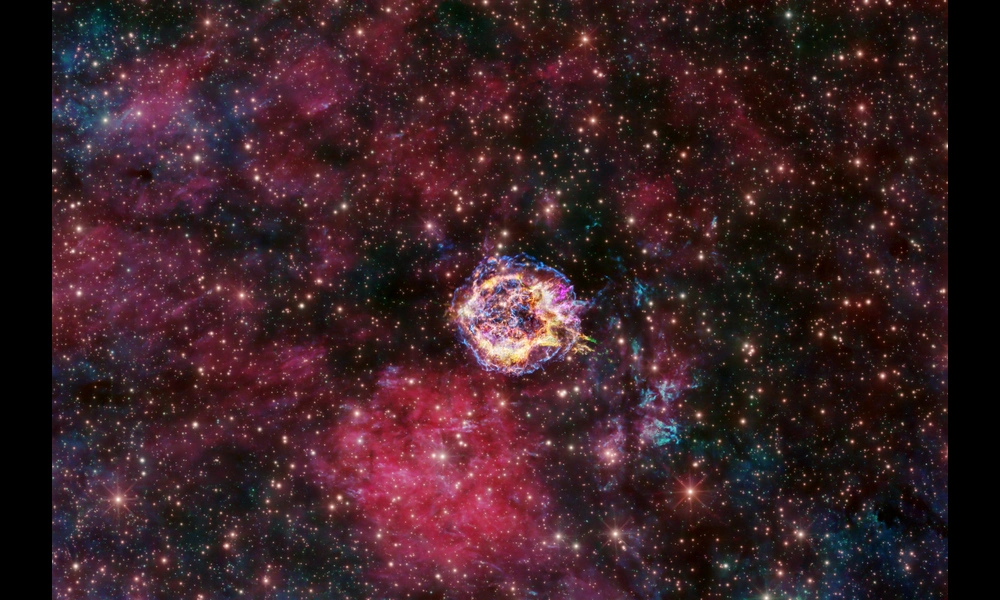
New Signal Processing Technique Promises Faster Detection of Cosmic Events
Mon Jan 15 2024
Scientists have developed a new technique that promises faster and more efficient detection of cosmic events using the Fast Fourier Transform (FFT) on wafer-scale supercomputers, potentially revolutionizing our understanding of the universe and enabl...
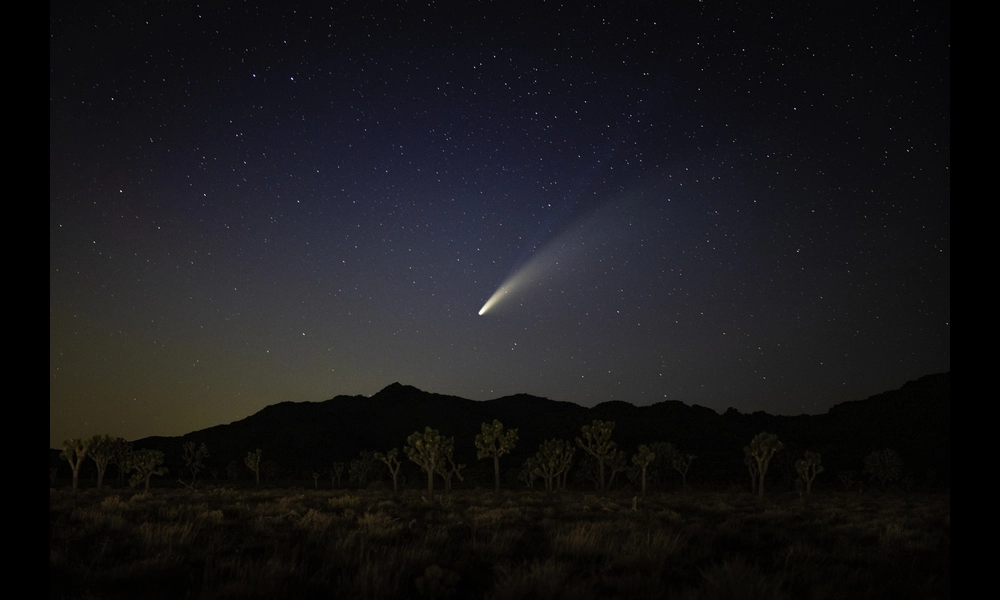
Organic Molecules Formed in Oort Cloud Comets: Ingredients for Early Life?
Tue Jan 09 2024
A groundbreaking study reveals that organic molecules, crucial for the formation of life, are actually formed within the atmospheres of Oort cloud comets, providing new insights into the origins of these compounds and their potential role in seeding ...
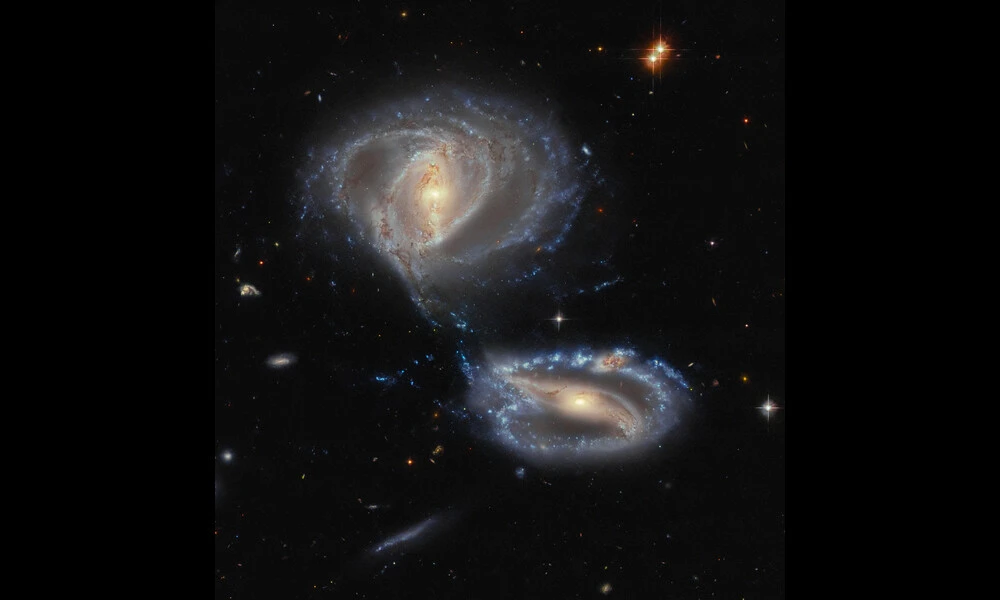
Ultralight Dark Matter Waves Could Solve the 'Final Parsec Problem' and Accelerate the Merging of SMBHBs
Mon Nov 06 2023
New research suggests ultralight dark matter waves could solve the 'final parsec problem' and speed up the merging of supermassive black holes.
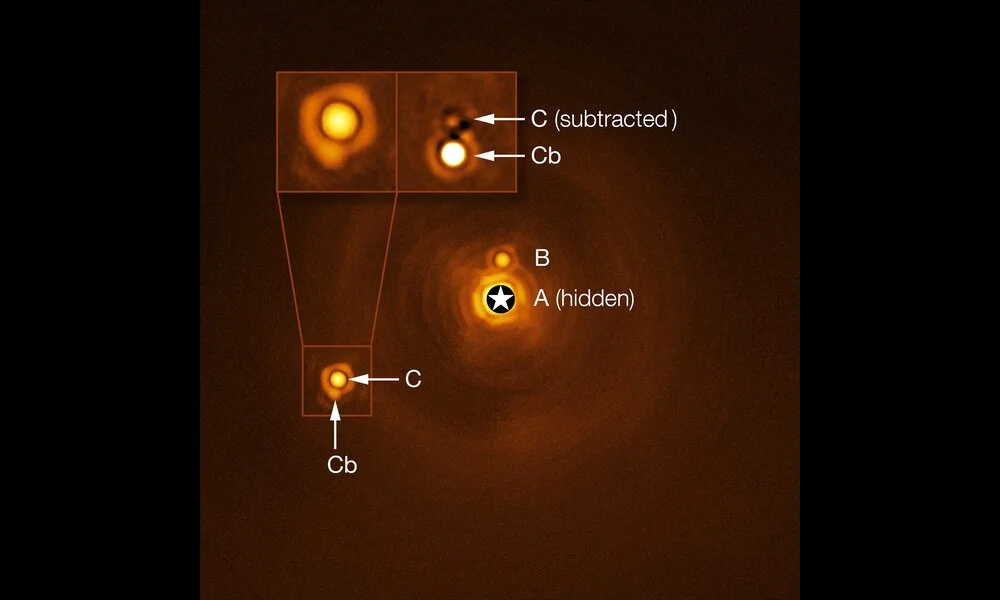
NA-SODINN Deep Learning Algorithm for Detecting Exoplanets
Thu Oct 26 2023
New Deep Learning Algorithm NA-SODINN Improves Detection of Exoplanets in High-Contrast Images, Paving the Way for Groundbreaking Discoveries.
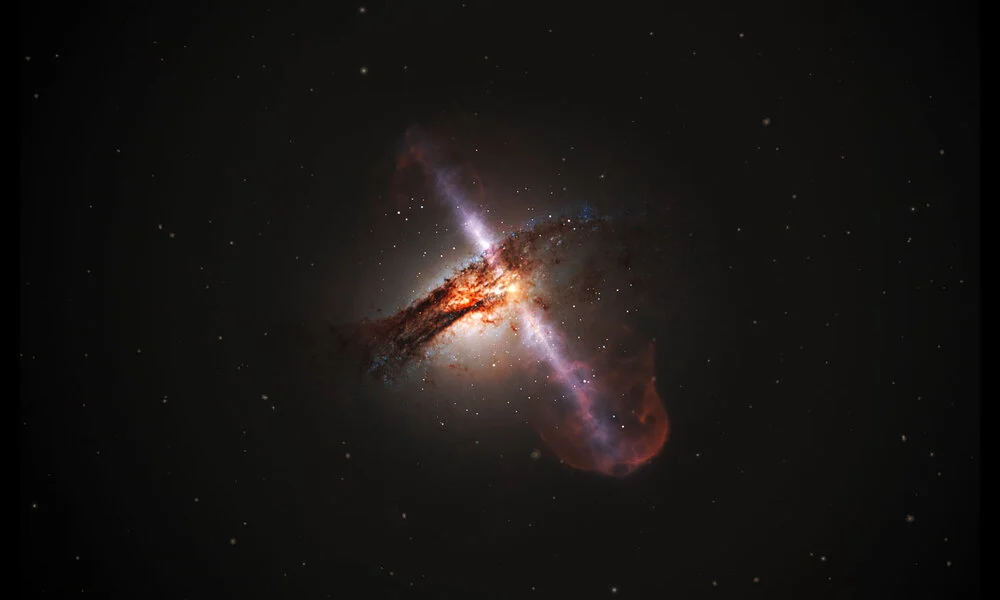
Polarized X-Rays Detected Emanating From Black Hole for First Time
Mon Oct 02 2023
New research reveals exciting insight into the geometry of black hole emission and accretion, shedding light on their enigmatic nature.
New Insights into Cosmic Ray Composition and Positron Flux in Our Galaxy
Sun Oct 01 2023
New study uncovers insights into cosmic ray composition and positron flux in our galaxy, revealing potential excess of positrons at higher energies.
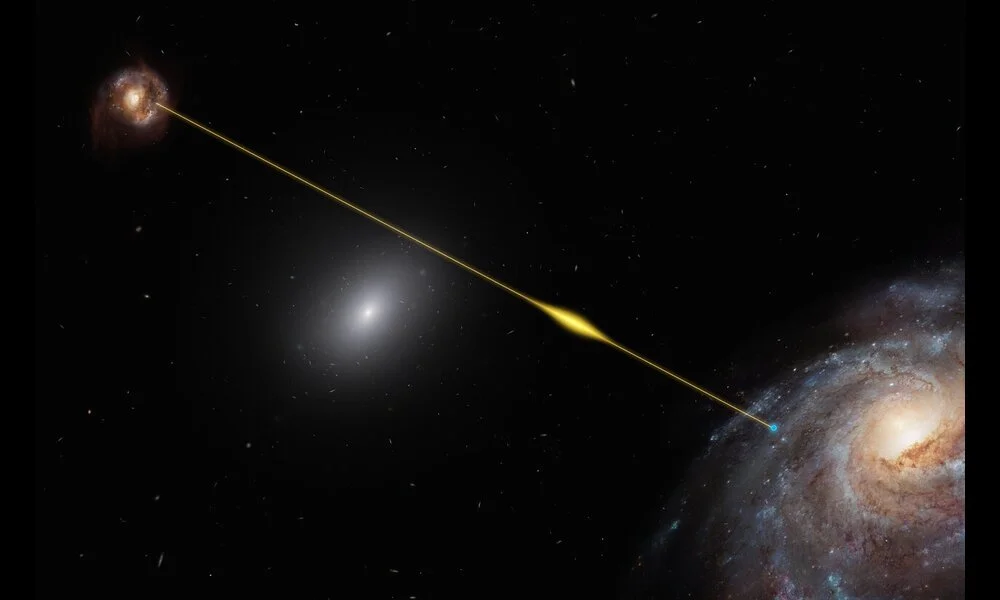
Dispersion Measures of Fast Radio Bursts and their Host Galaxies
Mon Sep 25 2023
New research reveals insights into the dispersion measures of fast radio bursts (FRBs) and their host galaxies. #FRBs #Research
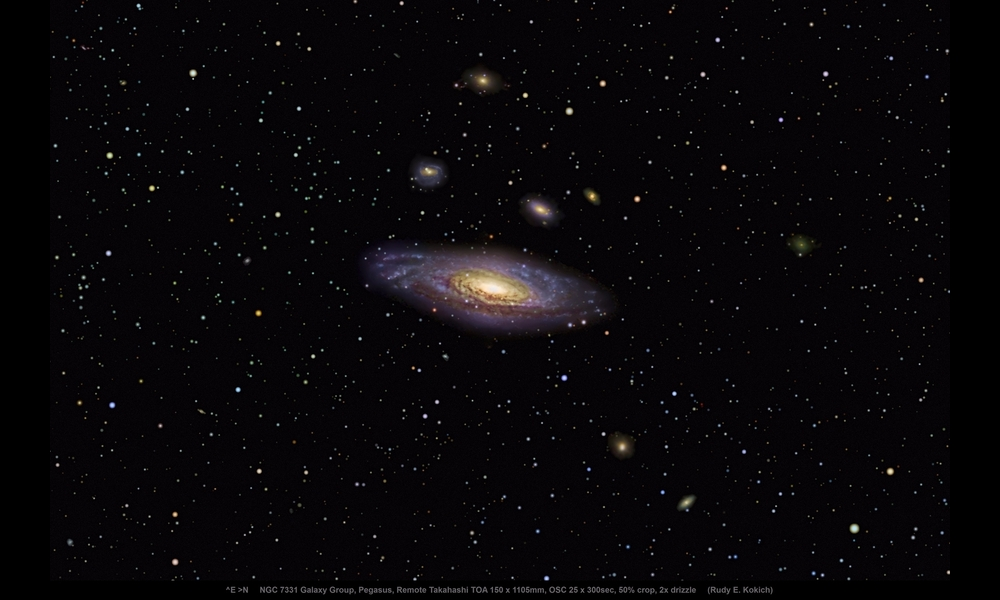
New Early Dark Energy Model Could Fix Hubble Constant Discrepancy
Sat Sep 09 2023
New research explores early dark energy's role in expanding universe and addresses Hubble constant discrepancies. Valuable insights gained.
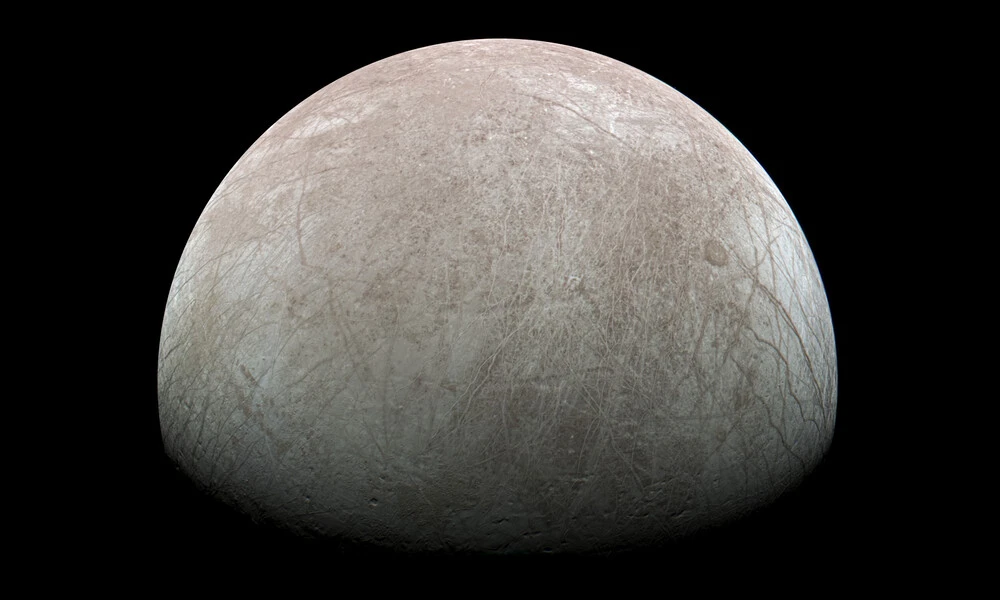
New Research Sheds Light on Mysterious 2.07 μm Absorption Feature on Jupiter's Moon, Europa
Thu Aug 31 2023
New study explains the mysterious 2.07 μm absorption feature on Europa, suggesting it may be formed by radiolytic processes. #Jupiter #Europa
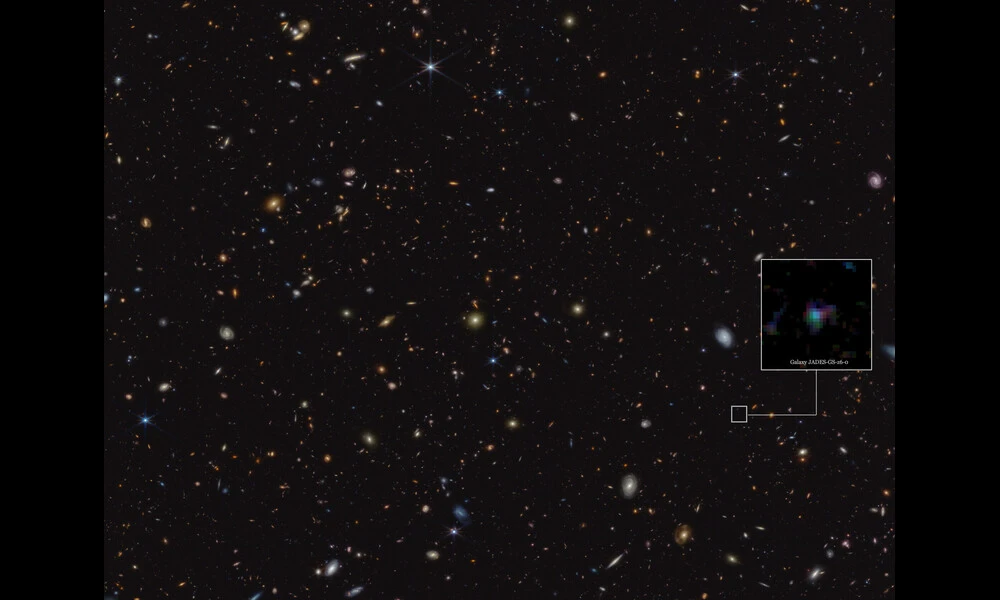
New Research on Boson Stars
Wed Aug 09 2023
New research uncovers potential black hole mimics: self-interacting boson stars with insights into dark matter. #Astrophysics #DarkMatter
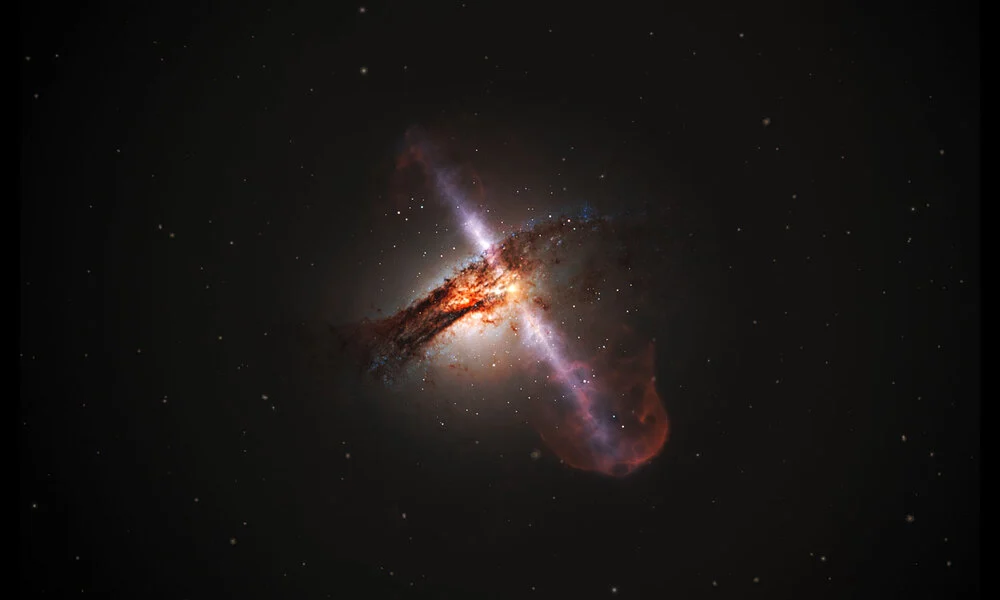
Faintest and Closest Optical Tidal Disruption Event Observed
Mon Jul 17 2023
Astronomers discover a faint and close optical tidal disruption event, shedding light on the mysteries of black holes and galaxies.
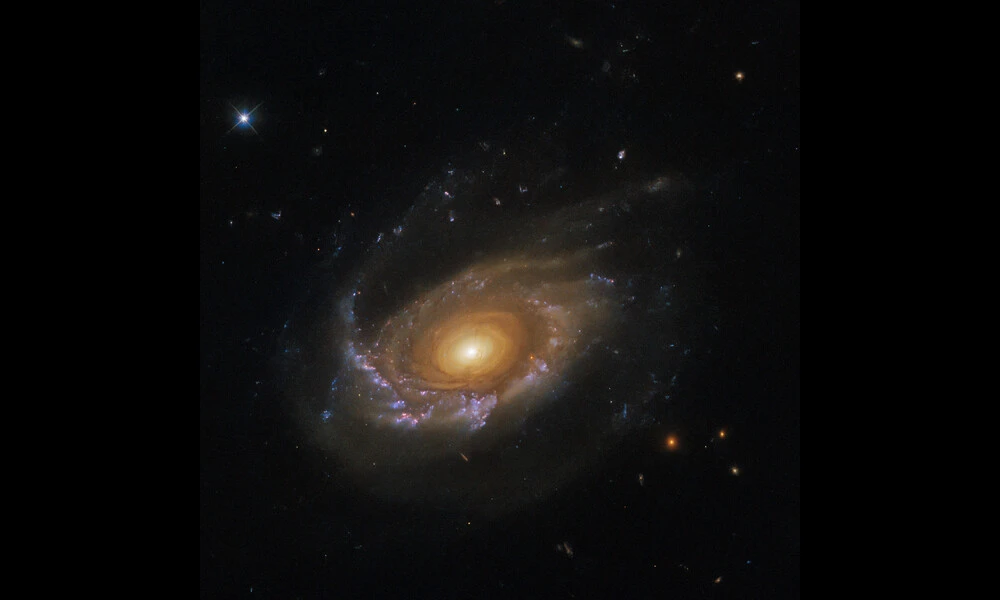
pysersic: A Powerful Python Package for Studying Galaxy Structural Properties
Fri Jun 30 2023
New Python Package, pysersic, Makes Determining Galaxy Structural Properties Easier